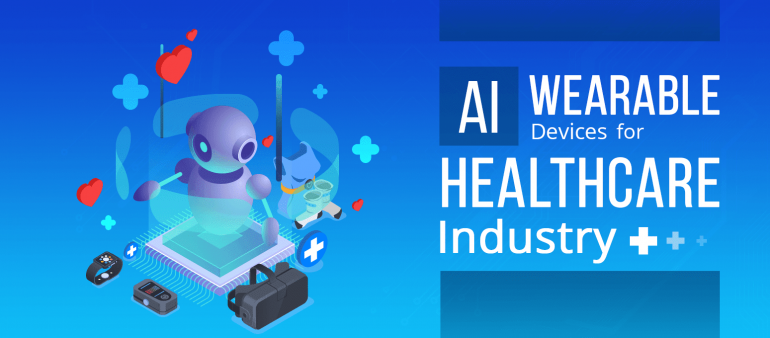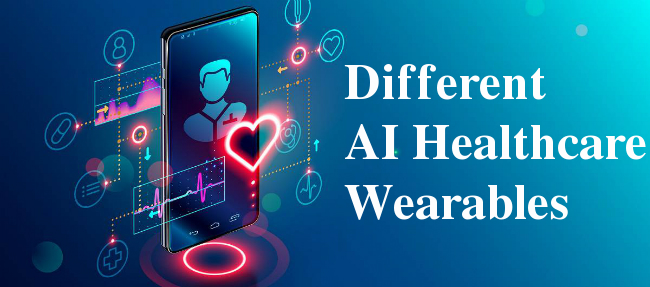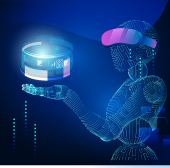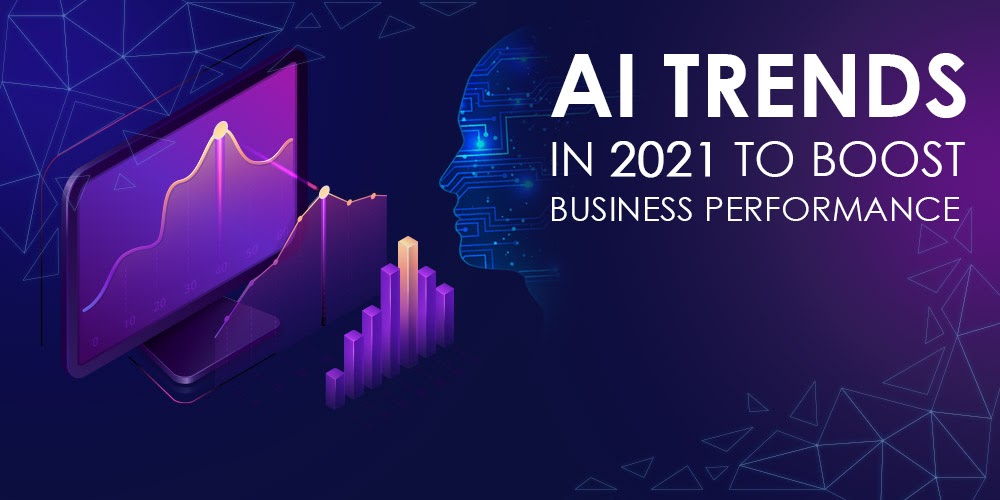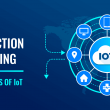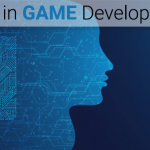There are seven billion seven hundred seventy-eight million three hundred thirty-three thousand one hundred fifty-four people on this planet, earth. That’s right! I got hold of that number on April 17, 2020, at 12:49:46. It was difficult to catch it, though, considering the world population increasing drastically every millisecond. Confused why I am talking about this here? That’s because of the growing population being a major concern for public health. Be it food shortage, undernourishment, diseases spreading quickly, especially airborne or water supply contamination that leads to water-related diseases, the exhausting non-renewable resources, lack of food due to desertification. Plus, the environmental damage - heat waves, hurricanes, tsunami, drought, etc., then unemployment, the rising conflict between territories, I know the list is never ending and in some or the other way is a result of the largely growing population.
With advancements in healthcare and Artificial Intelligence kicking in, especially through wearable devices, the growing population has now a hold on their health. AI wearables are making it easier for doctors to cater to the large population with real-time technology. Yes! The wearables are all things to all men. Also called a body-borne computer, it is worn by the user on the body so that it can interact with the user. Technically, the wearable device consists of
- Sensors in either glasses, watches or in footwear,
- And, an information aggregator & analyzer
The father of wearable computing
When talking about wearables, how can we not mention Steve Mann , the pioneer, the main man behind this innovative idea, aka The father of wearable computing. This great inventor at the young age of just 12 in the 1970s built the wearable computer and, in 1988, the first smartwatch (Linux), which has now undergone 18 generations of development to reach where it is today. He has his own several companies. To name a few are the Meta in Silicon Valley that works on Augmented reality digital iglasses to substitute vision, VisionerTech in Shenzhen, China, that deals with mediated reality using real-time HDR to help people see the world better. This man has been contributing to different industries and also the healthcare industry in his own ways.
The upward drift
“The overall wearable AI market is projected to reach USD 42.4 billion by 2023, from USD 11.5 billion in 2018, growing at a CAGR of 29.75% during that period.”
(source: MarketsandMarkets)
Wearable devices have been one of the most significant and on the rise applications of IoT in the healthcare sphere. Let’s read how.
1. The IoT device shares insights on blood pressure, oxygen level, blood sugar-level, ECGs, and more, reducing costs for patients and improving the quality of care.
2. Nowadays, healthcare facilities use their own off-the-shelf hardware module (ex.Toradex), that enables them to write their own firmware, and have access to connectivity with all of their legacy devices. This way, medical equipment can leverage low-cost, low maintenance wireless networks and RS232-, RS485-, and USB-based protocols.
3. Healthcare companies are using IoT Fitbits that can be connected to pill dispensers, their boundaries can be set by geofencing, using Bluetooth low energy. The processed data received by these AI healthcare wearables come to great use to the doctors, nurses, patients through predictive analysis with high accuracy.
Healthcare analytics at the edge has been able to save lives around the world.
AI Wearable technology in healthcare is slowly and gradually drifting towards the top. Big companies like Apple, Xiaomi, Huawei, Fitbit, etc. are coming up with AI enabled wearable technology and their better versions every now or then to give the customer's choices and a better experience.
Examples of AI in healthcare
1. A Google Brain initiative was an AI-powered diabetic’s eye disease detection. An artificial intelligence invention to prevent blindness that worked on a mechanism of machine learning algorithms based on Deep Learning. The algorithm here learned and performed a particular task by repetition and self-correction using neural networks.
2. Sunu Band Sunu, a Boston-based wearables manufacturer, unveiled the first wearable device for visually impaired in 2015 called the Sunu band. The device did gain ground for the blinds. It detects obstacles on the way using ultrasounds and notifies the person about it for safe navigation.
3. Inspero Inc., the firsts to bring AI-enabled smart Bluetooth Headphones to the market with Vinci, voice-controlled headphones and personal assistant that helps by providing real-time tracking and insights. Of course, depending on the health parameters.
4. Google’s AI healthcare masterpieces have been the Google smart lenses, health patch MD, Cloud DX vitality, and iTBra. These detect changes in the body and analyze symptoms that start to occur, making the person cautious of his health so that precautions can be taken and disease can be prevented.
The devices just don’t stop at Wearables
1 - Wearable Sweat Sensors
"Sweat is the new blood," GraphWear is developing wearables that test a patient’s sweat and not blood. The AI technology based wearable diagnostic technique is more convenient and cost-effective.
Wearable skin sensors can monitor sweat rate and give insights on electrolytes and metabolites in sweat, health problems like fatigue, dehydration. Researchers have come up with a new spiraling microscopic tube called microfluidic. The speed of sweat moving through the microfluidic determines the person's sweat rate through the help of sensors.
2 - Hearables
"Hearables," the term was introduced to the world by the Technology analyst, Nick Hunn. In-ear devices help with fall detection by tracking activities, heart rate monitor, measuring body temperature. Virtual or voice assistants like Apple's Siri or Amazon's Alexa serve as caregivers to patients, reminding them to take their medicines, exercise, or visit their doctors, activity trackers — in all, they’re a real-time audio coach.
3 - Ingestibles
These are broadband-enabled electronic devices that are edible. Example "smart" pills that use wireless technology like microprocessors, power supply, sensors, etc. to help monitor internal reactions, disease diagnostics. It also tracks blood levels of medications in a patient's body to find optimum dosage levels, avoid overmedicating, and truly individualize treatment. Also, small pill-shaped video cameras will soon replace endoscopies. A pill swallowed by the patient would transmit images while passing through the digestive tract.
A pill-sized sensor, this was a breakthrough. Less invasive and less costly, used in both diagnosing disease and monitoring medication's impact on the body.
4 - Moodables
Design for every human possibly existing. It provides relaxation to people suffering from stress disorders and ADD (Attention deficit disorder). In other words, it enhances a patient's well being. These devices send low-intensity currents to the brain by reading brain waves. These have the potential to replace antidepressant medications in the coming times.
5 - Embeddables
Embeddables are inserted under the skin or more in-depth into the body. Ex. A heart pacemaker. In the future, embeddables may use nanotechnology and be so tiny that doctors would "inject" them into the patients to monitor blood sugar levels reliably and automatically, without the need to prick their fingers or otherwise draw blood.
6 - Charting
Healthcare charting can reduce a doctor's workload by 15 or more hours a week. Patient's data is made more accessible, tasks automatic and redundant, reduced errors, so that doctors will have the time to focus on their patients.
7 - Smart Dispensers
The number of smart medication dispensers has exploded. The latest generation of dispensers is automated and connected. One connected to the cloud, dispensers are connected to patients, their healthcare providers, their caregivers, their insurance companies, and their other devices. Often sold pre-filled and pre-programmed according to the physician's instructions, dispensers can operate automatically for weeks, even adjusting dosages per the doctor's instructions based on the patient's real-time condition.
The 21st century of wearables
2003 gave us the world’s first fully digital pacemaker which gave the doctors the patient’s information in just 18 seconds.
Back in 2006, Nike & Apple launched a wireless system, Nike+iPod that allowed Nike+ footwear to coordinate with an iPod Nano to give the users an ultimate personal running and workout experience, making fitness tracking more accessible.
2010’s Philips Lifeline GoSafe and HomeSafe is a one-touch portal and in-home medical alert system, respectively. It uses the phone to call an emergency response center and connect you with an agent when you press the help button.
Proteus Discover, the world's first Digital Medicine offering, was developed by Proteus Digital Health in 2012 to measure the effectiveness of medications so that better treatment and improved health results could be achieved. It consisted of ingestible sensors, a small wearable sensor patch, an application on a mobile device, and a provider portal.
The 2019’s Apple series 4 came to the market with an inbuilt electrocardiogram. It lets you take an ECG at home using an ECG app. Isn’t that unreal? The reading of the watch gives you symptoms like Sinus rhythm, atrial fibrillation, low or high heart rate, based on which a doctor can be consulted. Adding to that, it also sends notifications to your physician and close family members in case of an emergency like a fall or irregularity in heart rate.
It is absolutely the time for prevention so that there isn’t a question of cure. In the era of Artificial Intelligence and Machine Learning development, healthcare has become digital and hence, predictive, proactive, and preventative. Healthcare wearable devices are not just making their way into our lives but are now a way of making healthy life choices for every person.
Logic Simplified, an artificial intelligence company based in Dehradun holds potential AI programmers to bring tangible solutions for healthcare needs through AI wearables and applications. Also, bearing a motive to make the life of patients, doctors, and nurses simpler than ever before -— for a healthier population and a healthier world.
 Get a Quote
Get a Quote

